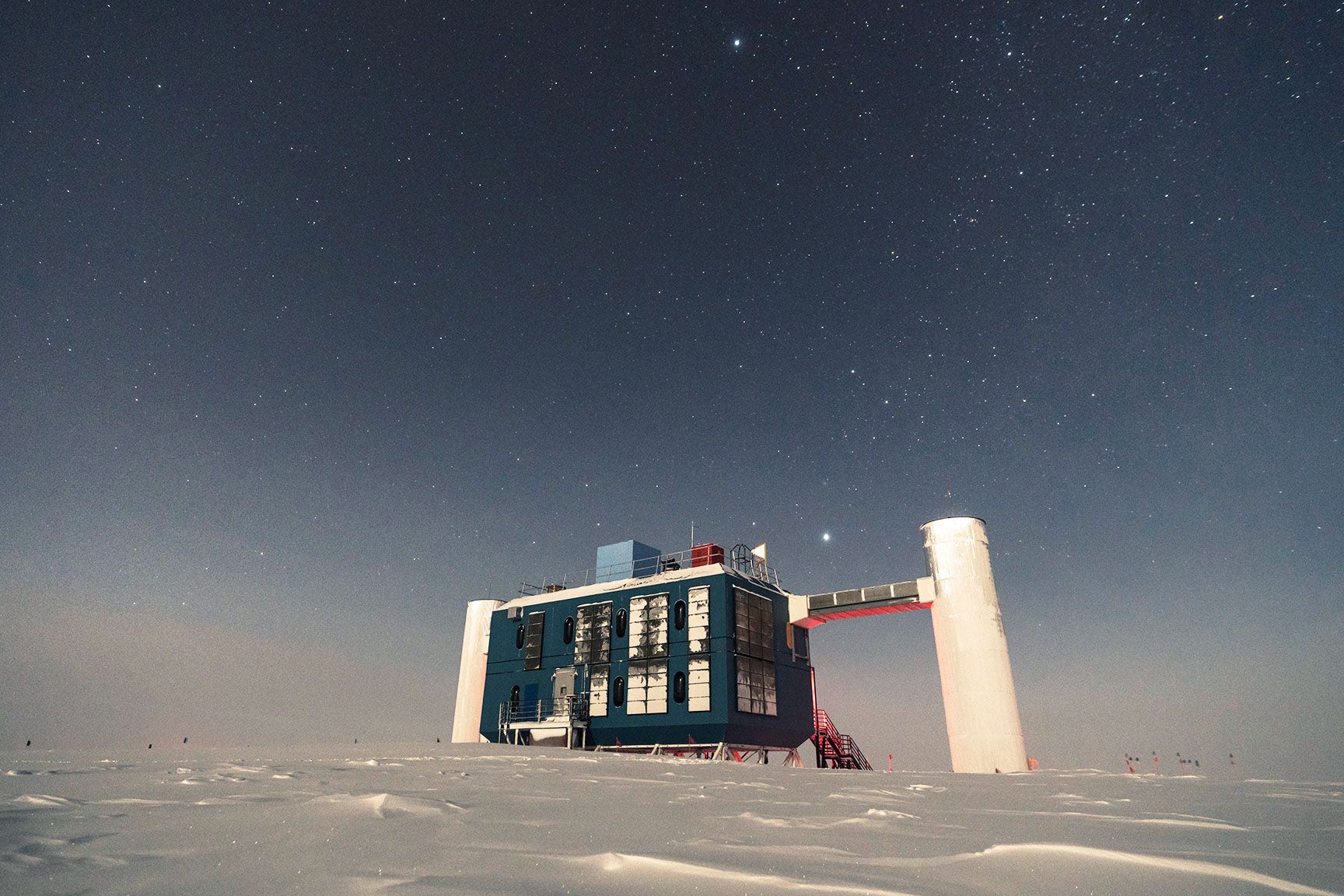

have discovered life flourishing beneath Antarctica in the past, but their most recent discovery is not quite as intricate. A group of researchers from the Woods Hole Oceanographic Institute has collected samples from the Antarctic ice in a location known as Allan Hills. The samples consist of ice and air — in fact, exceptionally ancient air — trapped in minuscule air bubbles within the ice. This represents the most ancient air ever recorded and offers scientists a peek into the conditions of the planet in earlier times.
While it might appear straightforward to locate ancient ice and air, the Earth is so geologically dynamic that obtaining such samples can prove challenging, much less acquiring ones that offer significant information about historical climate conditions. Additionally, this is made possible solely due to Antarctica’s distinct characteristics. The accumulation of ice and snow ensnares substances and freezes them, forming a kind of time capsule that ultimately becomes sealed and buried beneath the surface. To access these frozen time capsules, researchers employ what are known as vertical cores, lengthy sections of ice removed from below the surface. They can utilize the samples and the data collected to reconstruct the planet’s environmental state at the moment the original materials were ensnared. Naturally, the information is confined to the Antarctic area.